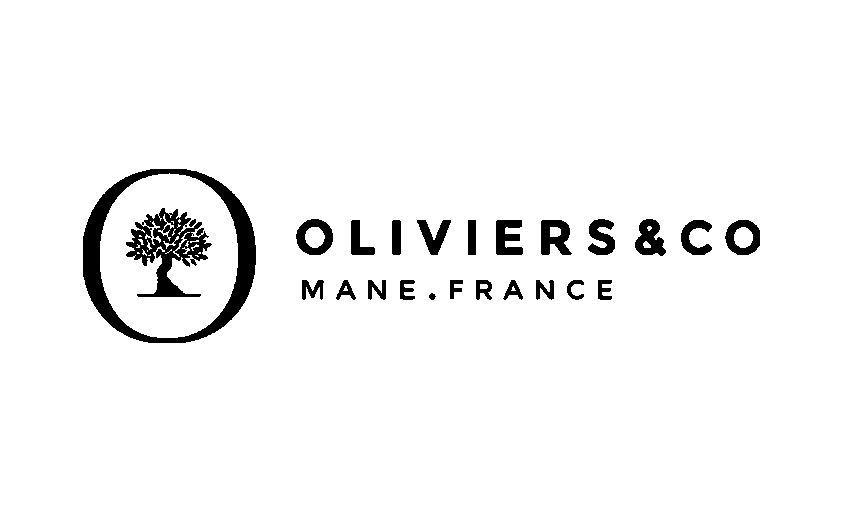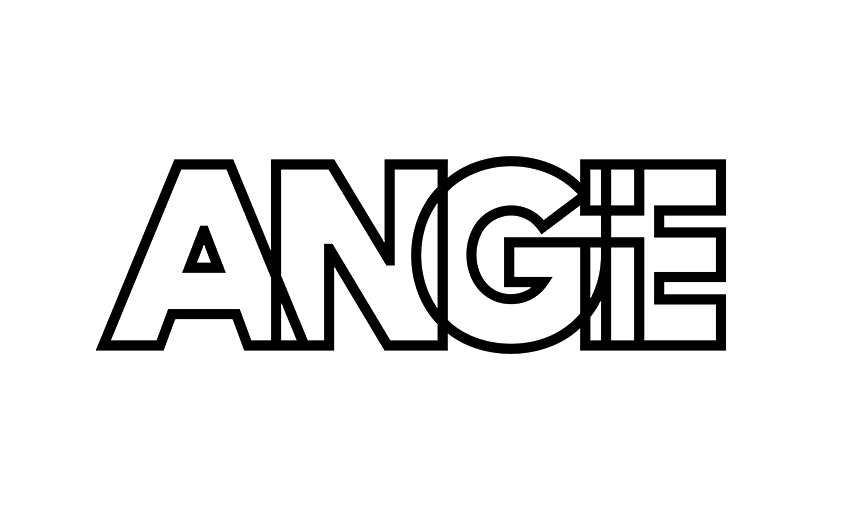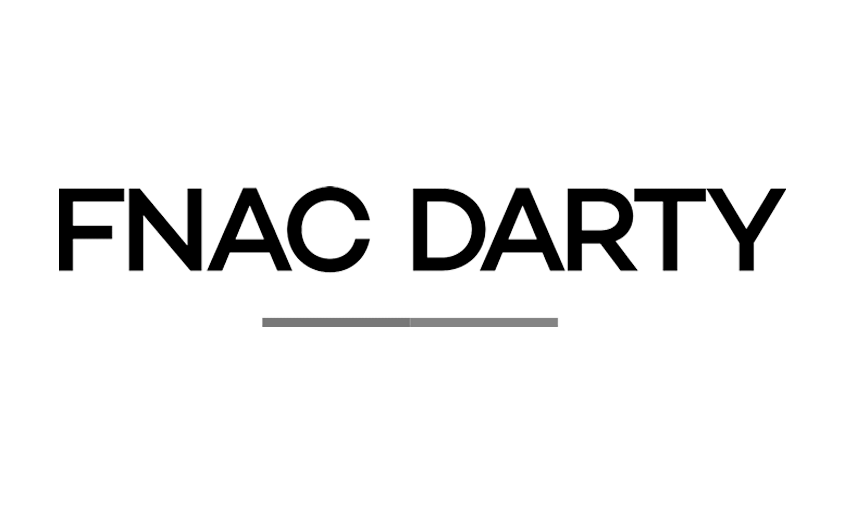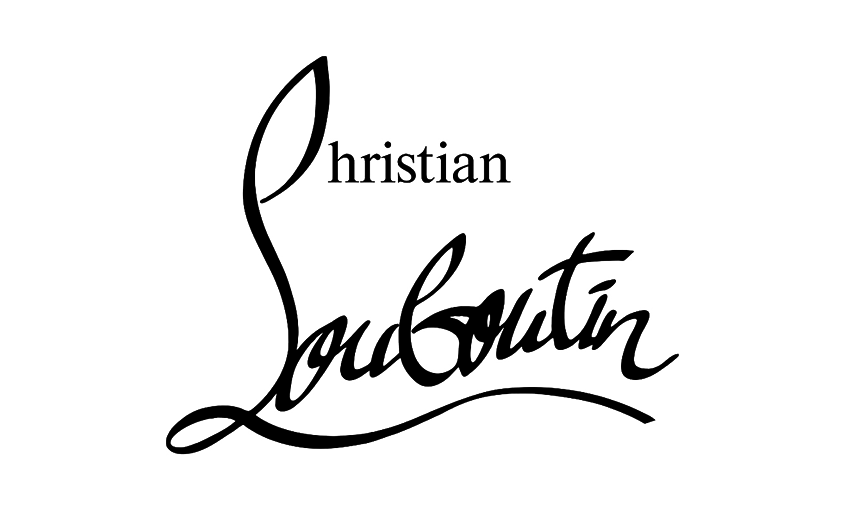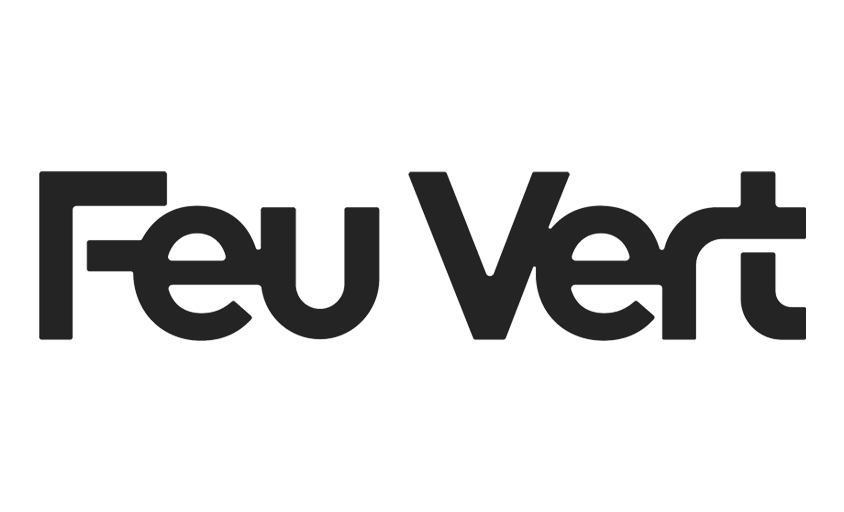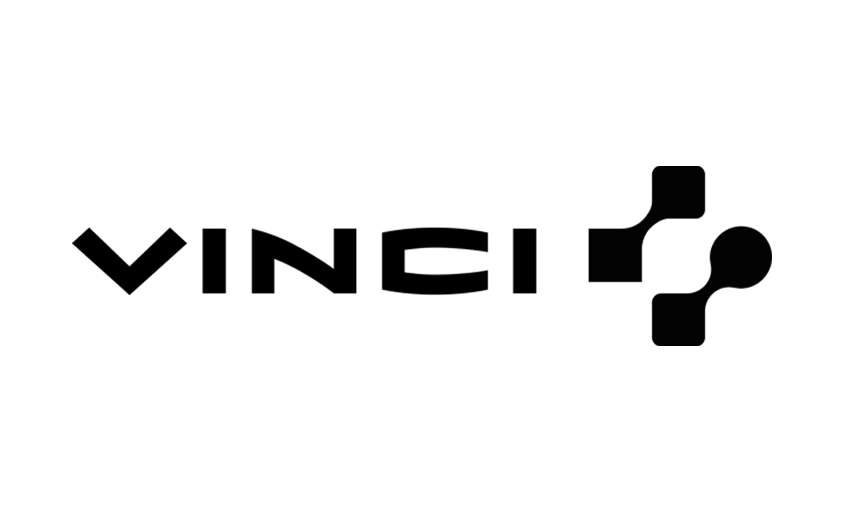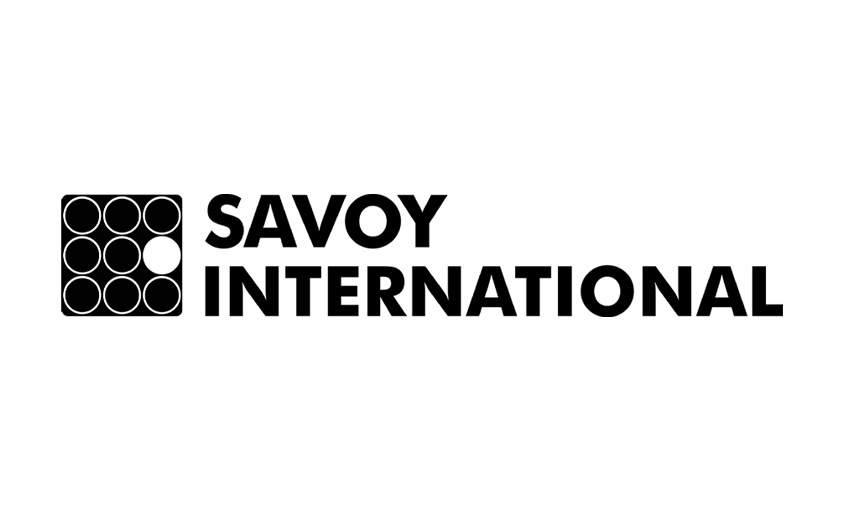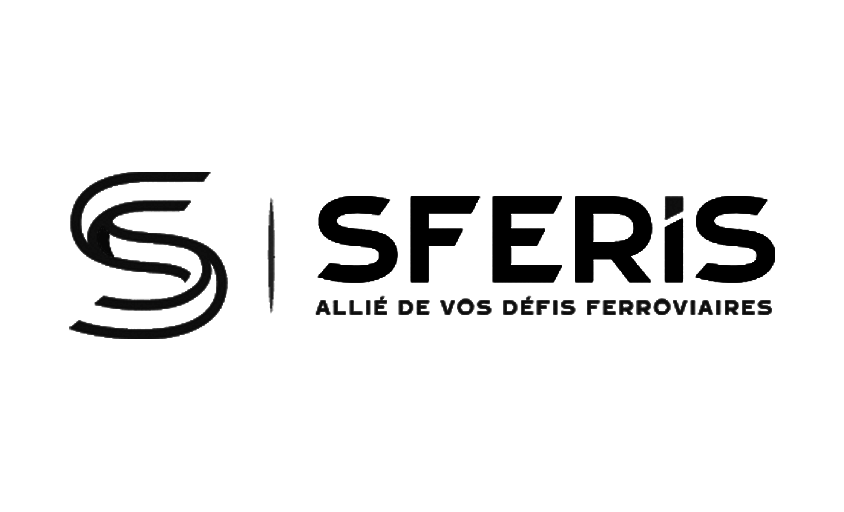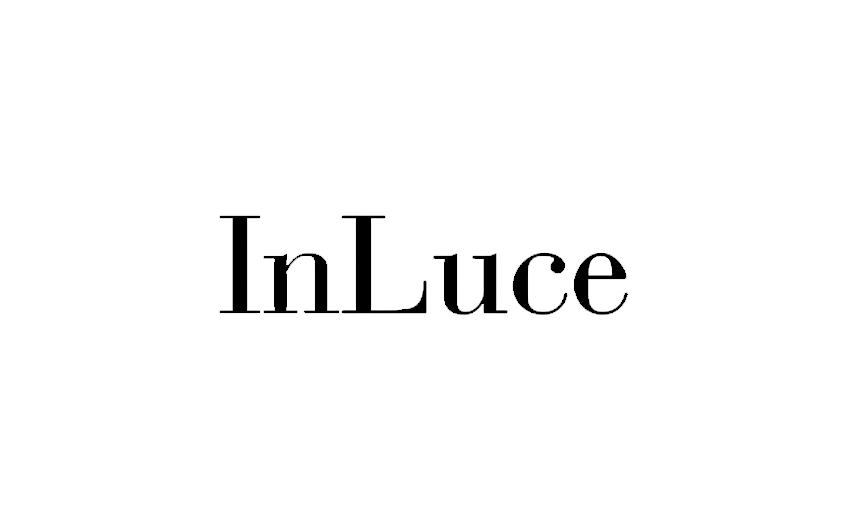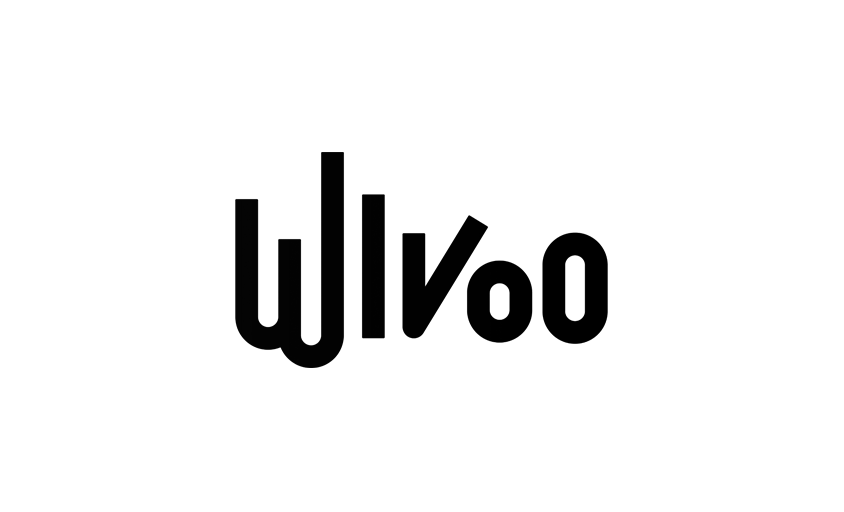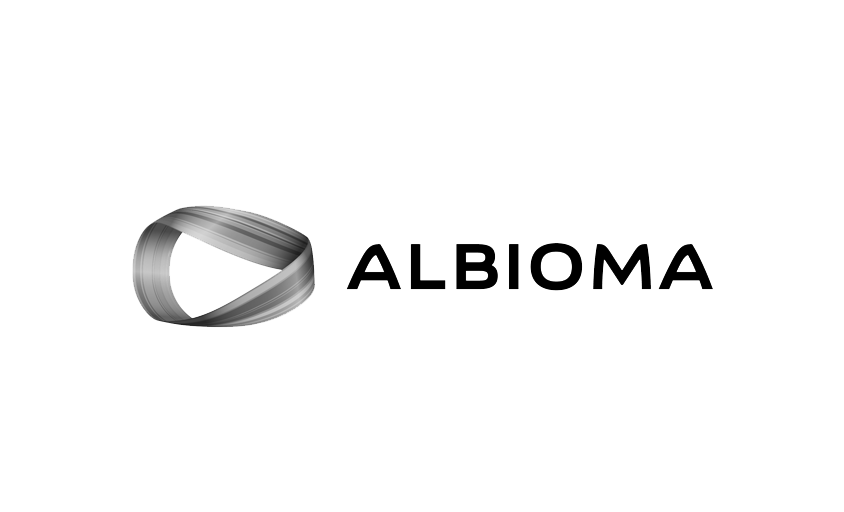What Equipment for Watch Photography?
In this article :
Photographing a watch is a particular challenge. Its small size, reflective surfaces, and intricate details demand rigor and precision. Unlike other areas of photography, equipment plays a decisive role here: it can simplify shooting, reduce retouching, and bring out the full value of the object.
But is it necessary to invest immediately in professional gear? Not necessarily. Whether you are a curious beginner or an experienced photographer, there are solutions suited to every level of practice.
Recommended Cameras
The good news is that you don’t need a state-of-the-art camera to get started.
For a beginner, an entry- or mid-level DSLR or mirrorless camera works perfectly, as long as it allows shooting in RAW. This format offers more flexibility in post-production, essential for managing contrasts or correcting reflections.
For an experienced photographer, a full-frame camera becomes an asset. The larger sensor captures more details, improves dynamic range, and reduces digital noise in low light. High resolutions (30, 40, or even 50 megapixels) allow for rendering every dial engraving and every case finish with surgical precision.
Choosing a camera should therefore be based on your actual needs: there is no need to aim for high-end gear right away if you are just starting.
Suitable Lenses
In watch photography, the lens is probably more important than the camera body.
For a beginner, a standard 50mm prime lens with a wide aperture can already deliver good results. Paired with extension tubes, it allows you to get closer to the subject and experiment with macro photography without a heavy investment.
For an experienced photographer, the essential tool remains a dedicated macro lens (90mm, 100mm, or 105mm). These focal lengths offer extremely precise detail reproduction without distortion. They allow photographing a watch in close-up while maintaining a natural look.
A macro lens literally transforms the approach: it reveals the texture of a leather strap, the brilliance of a sapphire crystal, or the fine detail of a blued steel hand.
Tripods and Supports
Even with an excellent camera body and a suitable lens, watch photography remains demanding in terms of stability. A tripod then becomes indispensable.
For a beginner, a lightweight and affordable tripod is enough to secure the shot and avoid motion blur.
For an experienced photographer, a sturdy tripod combined with a precise ball head or even a micrometric rail allows for very fine adjustments. These tools enable shooting at small apertures and composing perfectly sharp images across the entire depth of the watch.
Some photographers also use specific supports to hold the watch in place. Invisible during shooting, they help with framing and prevent unnecessary retouching.
Lighting and Reflectors
This is probably the most delicate part of watch photography: managing the light. Sapphire crystal reflects everything, and every polished surface acts like a mirror.
For a beginner, a simple kit is sufficient: continuous LED lamps paired with improvised reflectors (white paper, foam board). The goal is to achieve soft, even lighting that minimizes unwanted reflections.
For an experienced photographer, the ideal is to invest in more controlled light sources: studio flashes, lightboxes, specialized diffusers. Professional reflectors allow you to sculpt the light, reveal the depth of the dial without overexposing the indices, and add volume to metal cases.
A key point: in watch photography, lighting often has more impact than the camera body.
Essential Accessories
Some accessories, discreet but essential, greatly facilitate the life of a watch photographer:
- Cotton gloves: to handle the watch without leaving fingerprints.
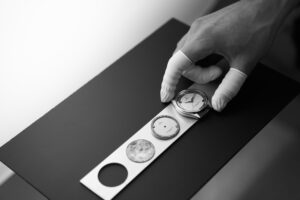
- Air blower and anti-static brushes: to remove dust and particles invisible to the naked eye but critical in macro photography.
- Neutral backgrounds: black, white, gradient, or textured, depending on the desired mood.
- Invisible clamps and supports: to hold the watch in position and free your hands.
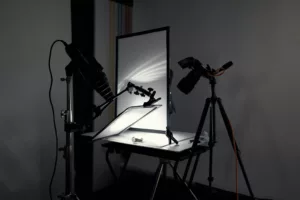
These small, inexpensive tools primarily reflect a professional approach and attention to detail expected in watchmaking.
The Stakes Behind Equipment Choice
Choosing the right equipment is not a matter of prestige, but of efficiency. A sturdy tripod or a precise macro lens reduces retouching time and ensures a flawless result.
For a watch client, these technical details are not trivial: the quality of the images directly reflects the brand’s value and the perception of its products.
A tip for beginners: proceed step by step. There’s no need to invest immediately in a full studio. Start with a decent camera, a reliable tripod, and a simple light source. Gradually add specialized accessories as your needs and projects grow.
Conclusion
Watch photography requires particular attention to equipment. Camera, lens, tripod, lighting, and accessories: each element plays a precise role in creating a successful image.
A beginner can achieve convincing results with simple, well-used equipment. An experienced photographer will find that specialized gear allows for the precision and consistency demanded by the watchmaking world.
The key remains the same: choose tools suited to your practice, work methodically, and stay attentive to details. In watchmaking, as in photography, value is always measured by precision.
At Rétines, we support watch brands and creators in showcasing their watches with precise and impactful images, produced with equipment and expertise tailored to the demands of this exacting sector.
Jérémy Carlo is the editorial director at Rétines, where he ensures the consistency and clarity of all content produced by the studio.
Our Clients
Let’s discuss
What we do for you at Rétines
Meticulous work, an organised project and fast delivery. And to achieve this, we mobilise the right resources in our teams at the right time.
01
Pre-production
Artistic and technical direction tailored to the project.
Relevant recommendations on content, form and resources.
02
Photo Shooting
Photos taken by our experienced photographers.
Production that’s controlled, efficient and tailored to the needs of the project, with nothing superfluous.
03
Retouching
Technique
Photographs magnified by our retouching team.
Post-production to meet the commercial challenges of the brief.

